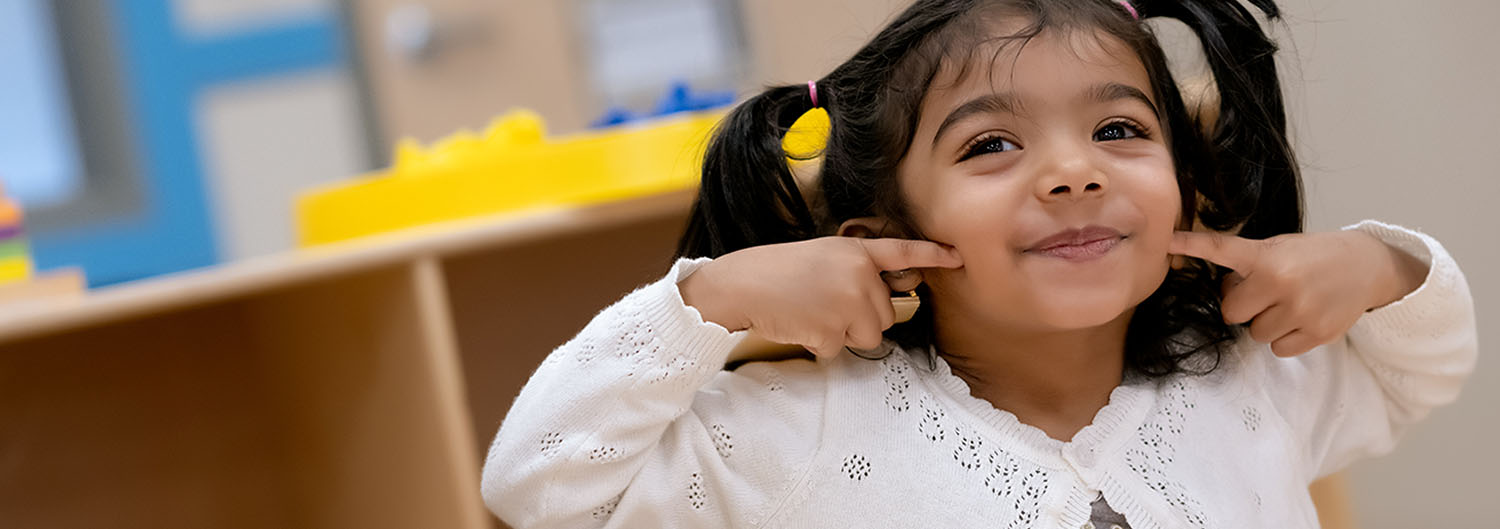- View All
- Topics
- Search
Topics
Blog Archive
-
2025 (6)
- March (3)
- February (1)
- January (2)
-
2024 (28)
- December (2)
- November (3)
- October (2)
- September (3)
- August (3)
- July (3)
- June (2)
- May (2)
- April (2)
- March (2)
- February (2)
- January (2)
-
2023 (15)
- December (2)
- November (2)
- October (2)
- September (1)
- August (1)
- July (1)
- June (1)
- May (1)
- April (1)
- March (1)
- February (1)
- January (1)
-
2022 (13)
- December (1)
- November (1)
- October (1)
- September (1)
- August (2)
- July (1)
- June (1)
- May (1)
- April (1)
- March (1)
- February (1)
- January (1)
-
2021 (16)
- December (1)
- November (1)
- October (1)
- September (2)
- August (1)
- July (1)
- June (1)
- May (2)
- April (1)
- March (2)
- February (2)
- January (1)
-
2020 (11)
- December (1)
- October (2)
- September (1)
- August (1)
- July (1)
- May (2)
- March (1)
- February (1)
- January (1)
-
2019 (12)
- December (1)
- November (1)
- October (1)
- September (1)
- August (1)
- July (1)
- May (2)
- April (1)
- March (1)
- February (1)
- January (1)
-
2018 (12)
- December (1)
- November (1)
- October (1)
- September (1)
- August (1)
- July (1)
- June (1)
- May (1)
- April (1)
- March (1)
- February (1)
- January (1)
-
2017 (12)
- December (1)
- November (1)
- October (1)
- September (1)
- August (1)
- July (1)
- June (1)
- May (1)
- April (1)
- March (1)
- February (1)
- January (1)
-
2016 (12)
- December (1)
- November (1)
- October (1)
- September (1)
- August (1)
- July (1)
- June (1)
- May (1)
- April (1)
- March (1)
- February (1)
- January (1)
-
2015 (12)
- December (1)
- November (1)
- October (1)
- September (1)
- August (1)
- July (1)
- June (1)
- May (1)
- April (1)
- March (1)
- February (1)
- January (1)
-
2014 (6)
- December (1)
- November (1)
- October (1)
- September (1)
- May (1)
- April (1)




Navigating Your Child’s Big Emotions with Ease
Think of your child as a young explorer who is embracing every opportunity to uncover the world around them. They’re on a quest to experience new things, but their emotional toolkit is still a work in progress. They might not have the communication skills necessary to express their thoughts and needs to you in a calm way.
At our preschool, structure and routine are key to preventing emotional outbursts. Visual schedules are used in our classrooms, serving as reference for our students throughout the day. To ease transitions, our teachers incorporate intentional prompts, whether through a catchy song or chant – helping children prepare for what comes next. When our students exhibit desired behaviors, we celebrate them with praise.
However, outbursts do happen… and parenthood isn’t about perfection. It’s about growth, learning, and building strong emotional bonds with your child. Our teachers are your partners and are here to help navigate this journey with you. Below are some strategies we practice in the classroom that you can try at home.
1. Speak with a calm disposition.
Your child is likely to feed off your demeanor. When things get overwhelming, speaking in a calm tone can have a soothing effect, showing your child that you’re there to support and listen.
2. Move your child to a safe place.
Safe spaces allow your child to regain their composure in an environment where they feel secure. For instance, if they’re having a meltdown in a busy store, walk with them to a quiet area. A change of scenery can provide a moment for your child to collect themselves away from loud crowds.
3. Use calming techniques to help regulate emotions.
Help your child develop their own toolkit of calming techniques. Breathing exercises, counting to ten, or even imagining a happy place can be simple yet effective ways to regulate emotions.
4. Offer connection or physical comfort.
Physical touch is a powerful way to communicate love and support. When your child is navigating a storm of feelings, a comforting hug can help them feel understood and cared for.
5. Model appropriate ways to express wants.
Although it may be difficult at times, do your best to express your own emotions, such as frustration and anger, in a positive way. When your child is struggling, you can remind them of your actions, and offer suggestions for ways they too can act appropriately.